Functional Rehabilitation
Restoring optimal function is the most important factor in eliminating pain and preventing injury. Injuries can occur through trauma, incorrect movement patterns or from repetitive stress. Therefore, evaluating and addressing your cause of pain rather than treating the painful tissues becomes fundamentally important.
Evaluation of your functional movement includes joint and muscle range of motion, muscle strength and endurance, coordination and agility. Once a definitive diagnosis has been established then an appropriate treatment plan, alongside a specialist corrective exercise programme specific to your individual needs and ability can be created.
Such a specialised corrective exercise programme is designed to re-establish optimal strength in specific muscles and appropriate flexibility in others. This will then help to educate and empower you with the knowledge and awareness of how to move correctly and prevent, reduce and minimise the risk of further injury.
The benefit of functional rehabilitation ensures the nervous system works efficiently and appropriately, with the correct muscles activating at the correct time and sequence. Your individual exercise programme is then progressively monitored and adjusted to meet your specific requirements.
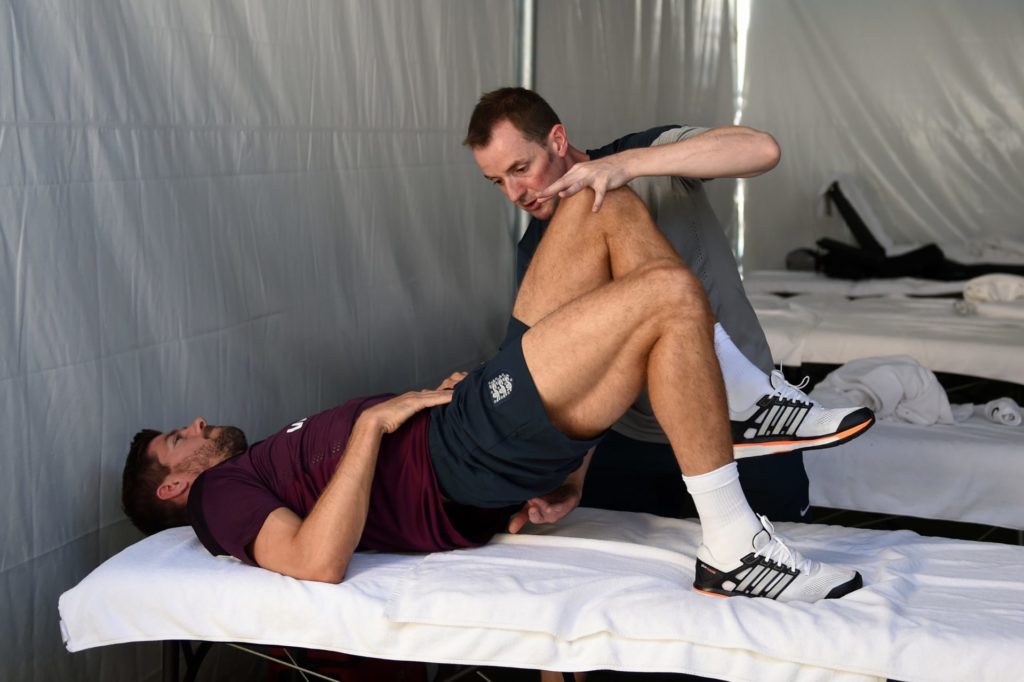
 Mobility
Mobility
Mobility is the ability for the entire body to move with ease freely and efficiently through multidirectional movements. Loss of mobility may be caused by limitations in soft tissue flexibility and or joint mobility. An inability to move freely as a result of soft tissue or joint restrictions and or pain may give rise to adaptive or maladaptive movement patterns. Therefore, it is fundamental that any restrictions in mobility are evaluated and initially addressed through effective treatment alongside self-care educational exercises that are prescribed prior to beginning an effective rehabilitation plan.
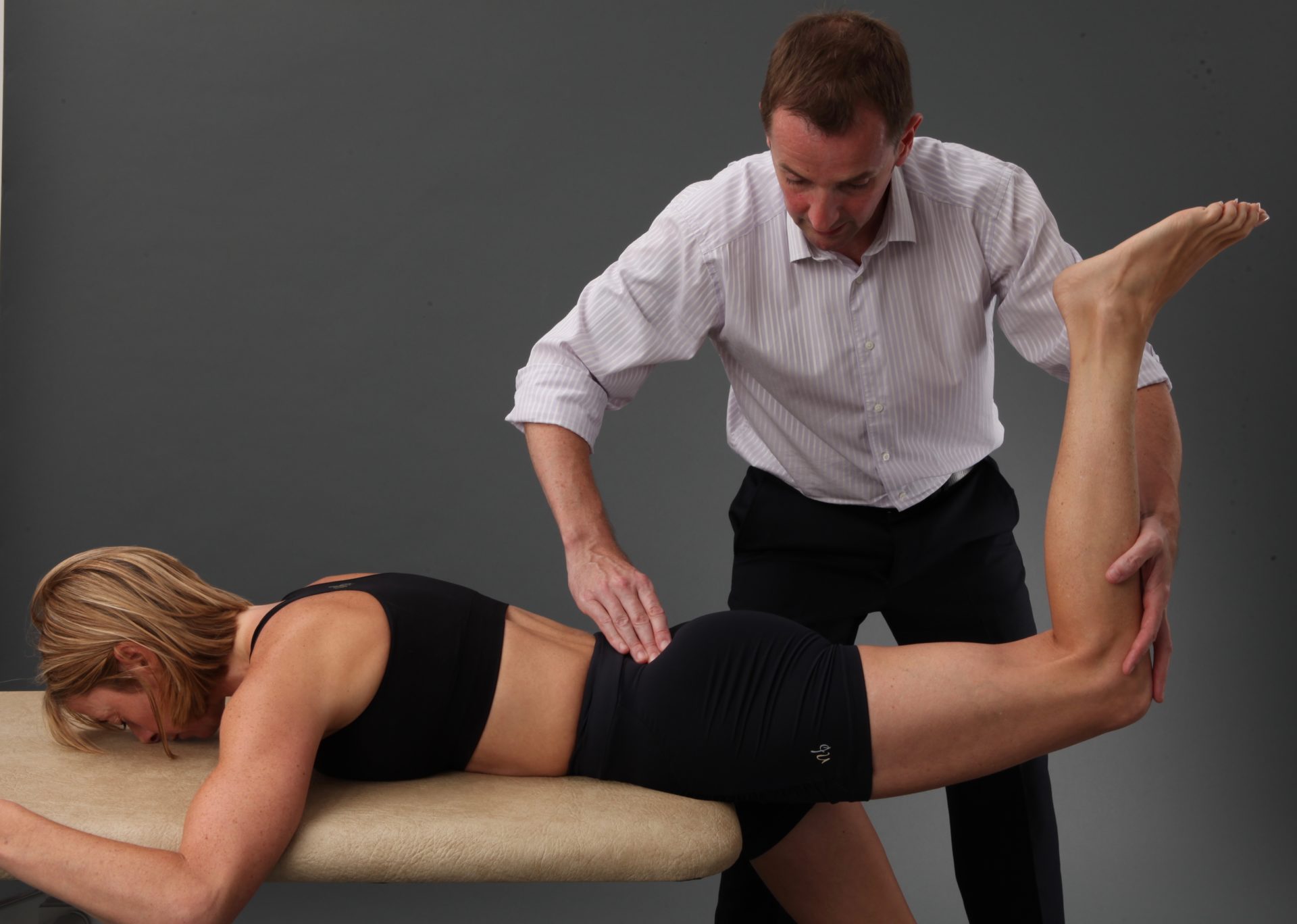
Motor Control
Motor control is the process that maintains optimal alignment and initiates, directs and grades purposeful movement for performing a skillful task. Effective motor control exercises can have a significant impact on reducing pain and when prescribed properly should provide a challenge to the nervous system through progressive difficulty and variability
to help retrain appropriate muscle recruitment and coordinated
movement patterns.
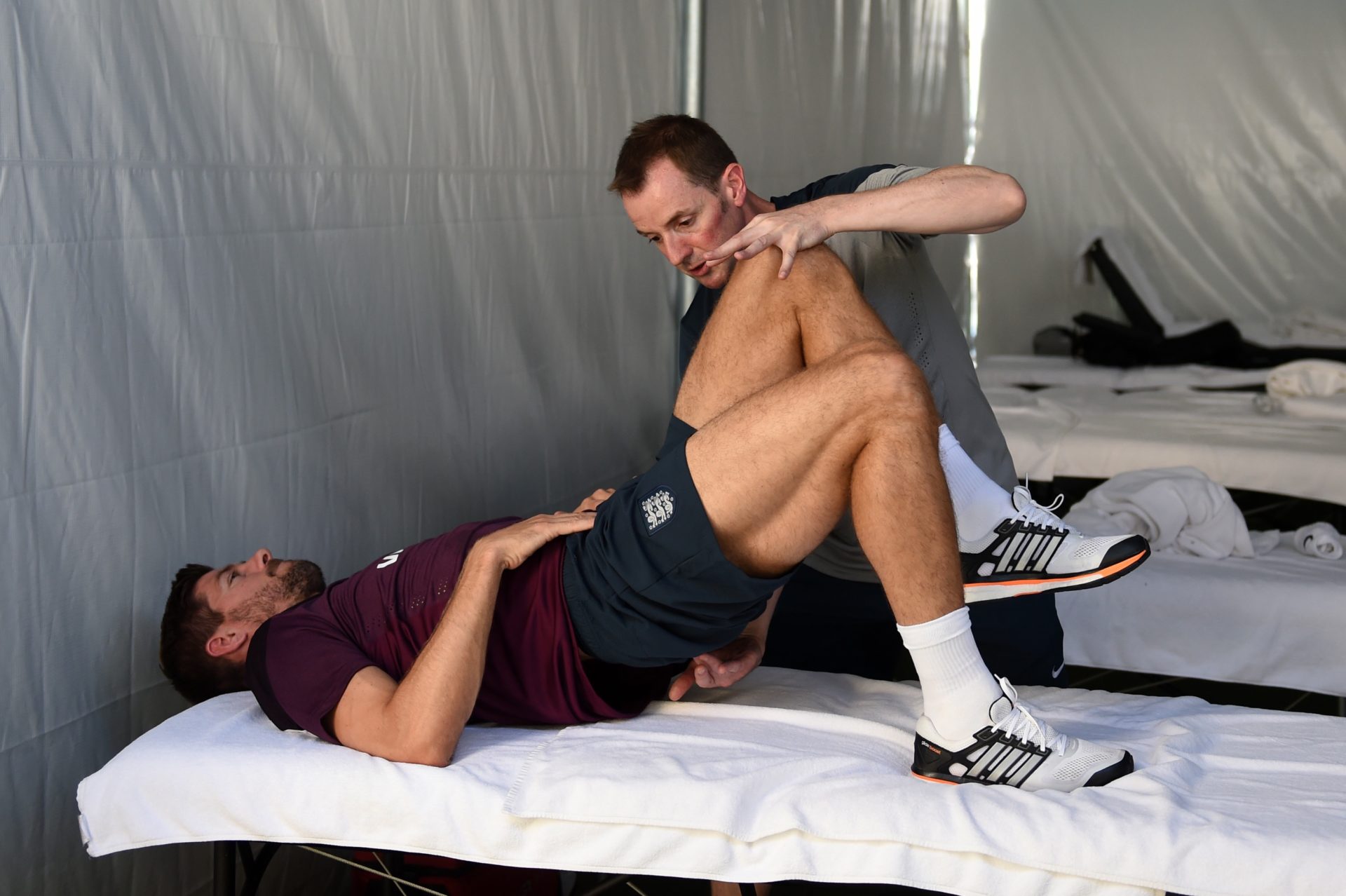
Muscle Capacity
Muscle capacity and strength encourages a progressive exercise-loading programme to allow for an individual to become more robust and essentially ‘bullet proof’ prior to returning to their normal level of daily or sporting activities.
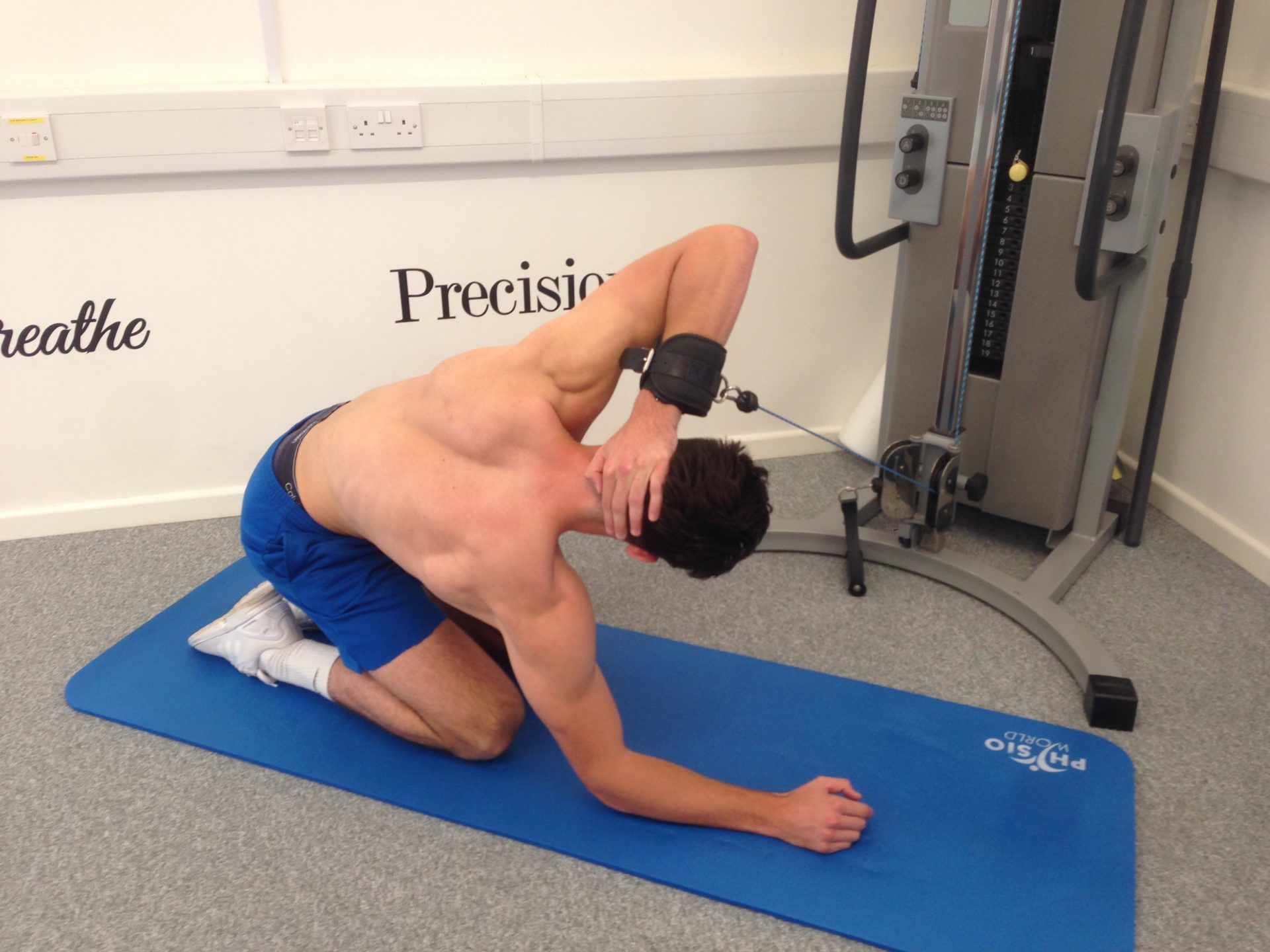
Clinically, muscle capacity and strength may be measured with handheld dynamometry or through specific tests to record the maximum level of work at a given intensity for number of repetitions or for a specific duration. Such tests are then used to form the basis for specific rehabilitation programmes to target deconditioned tissues.
- Mobility any loss of soft tissue flexibility and joint mobility may give rise to adaptive or maladaptive movement patterns. Therefore, it is fundamental that any restrictions in mobility are measured and initially addressed through effective treatment and self-care educational exercises prior to beginning an effective rehabilitation.
- Motor control is the process that maintains optimal alignment and initiates, directs and grades purposeful movement for performing a skillful task. Effective motor control exercises can have a significant impact on reducing pain and when proscribed properly should provide a challenge to the nervous system through progressive difficulty and variability to help retrain appropriate muscle recruitment and coordinated movement patterns.
- Muscle capacity and strength encourages a progressive exercise-loading programme to allow for an individual to become more robust and essentially ‘bullet proof’ prior to returning to their normal level of daily or sporting activities. Clinically, muscle capacity and strength may be measured with handheld dynamometry or through specific tests to record the maximum level of work at a given intensity for number of repetitions or for a specific duration. Such tests are then used to form the basis for specific rehabilitation programmes to target deconditioned tissues. .

